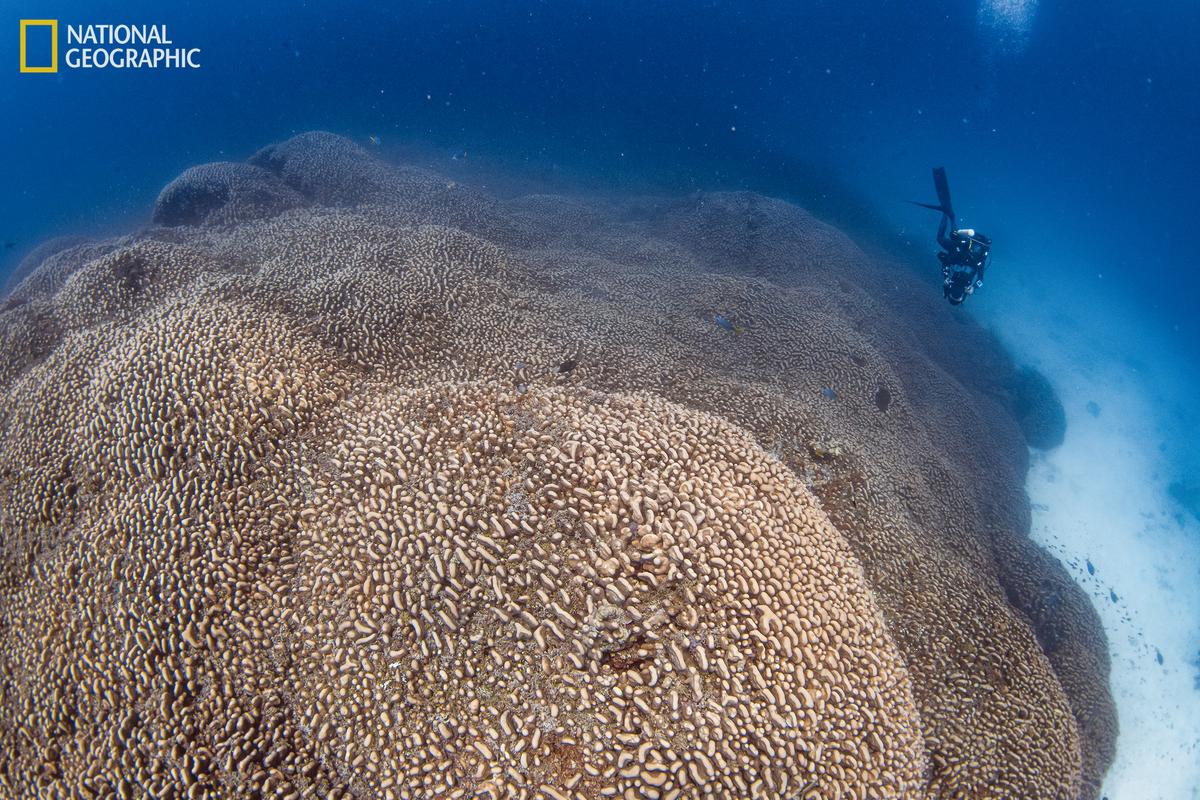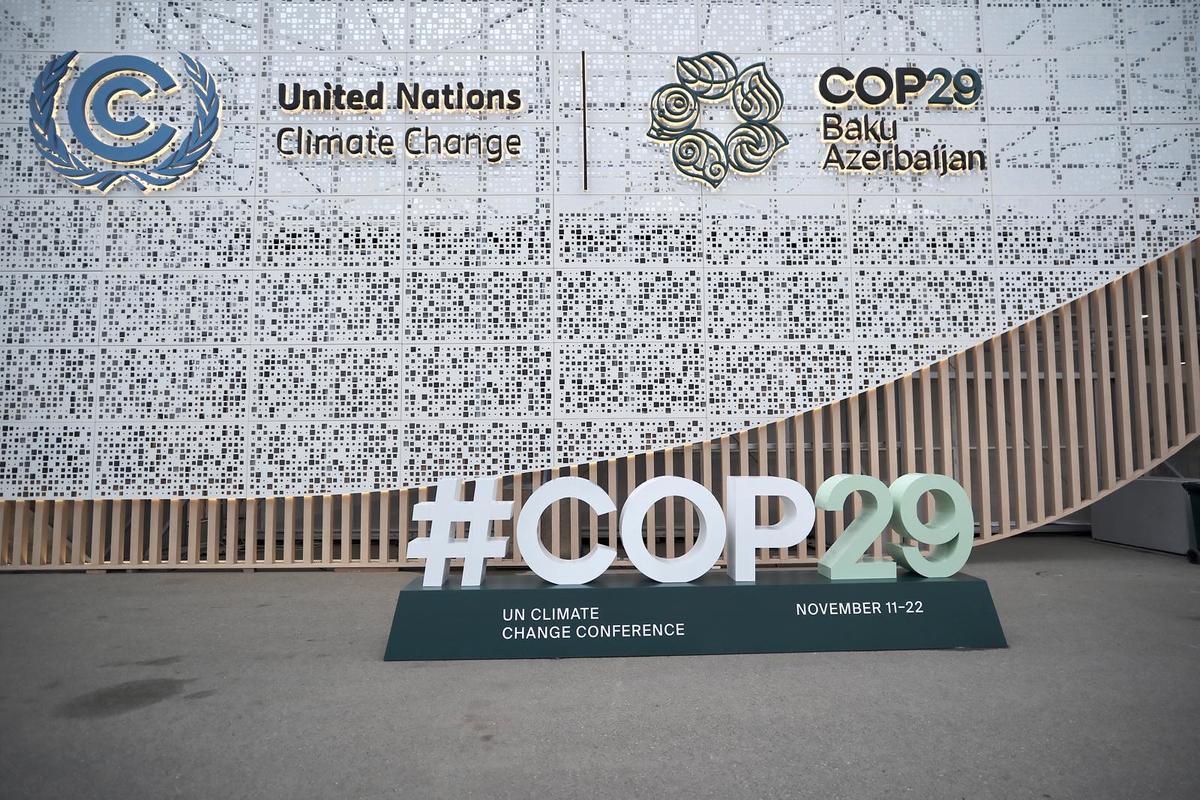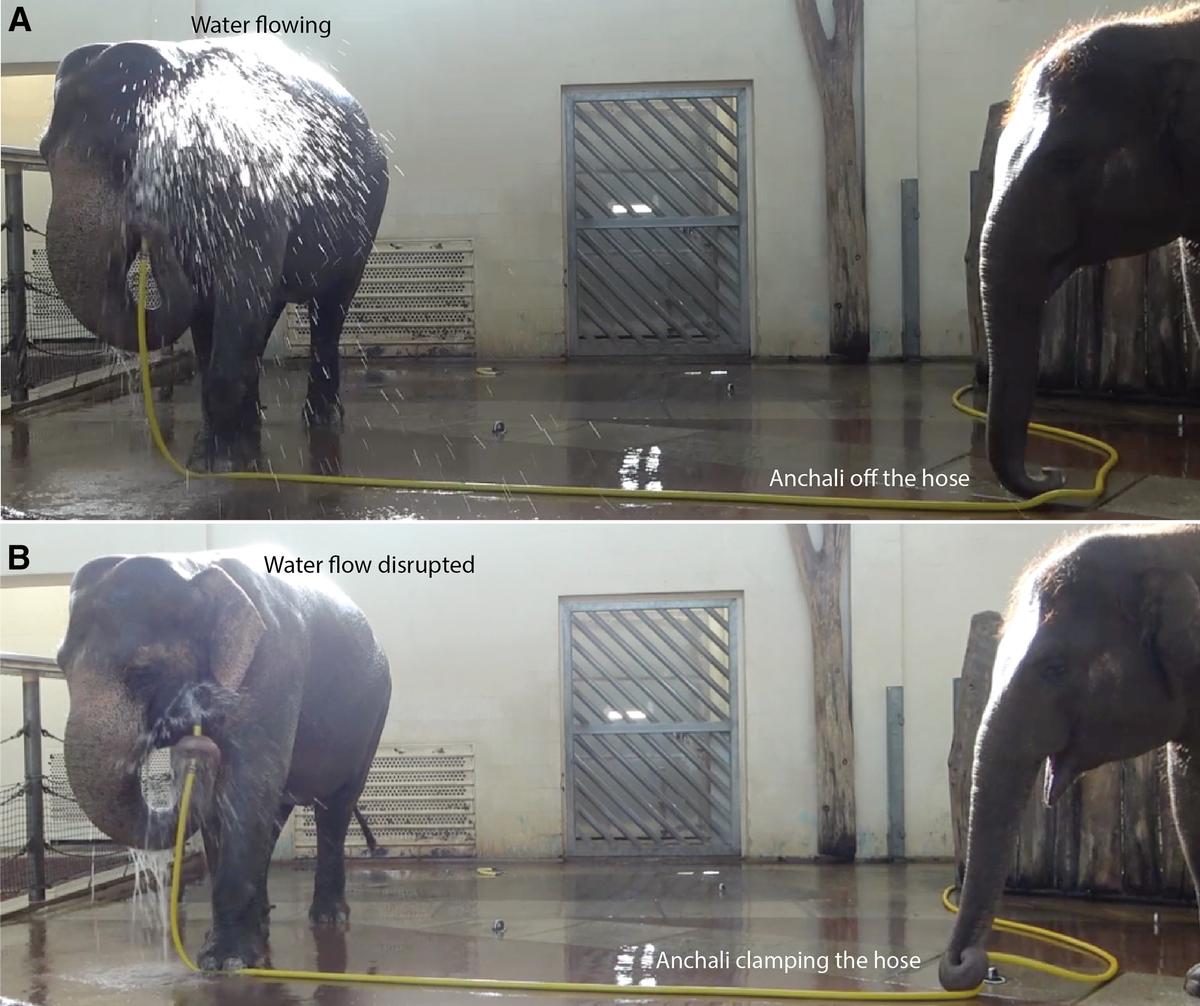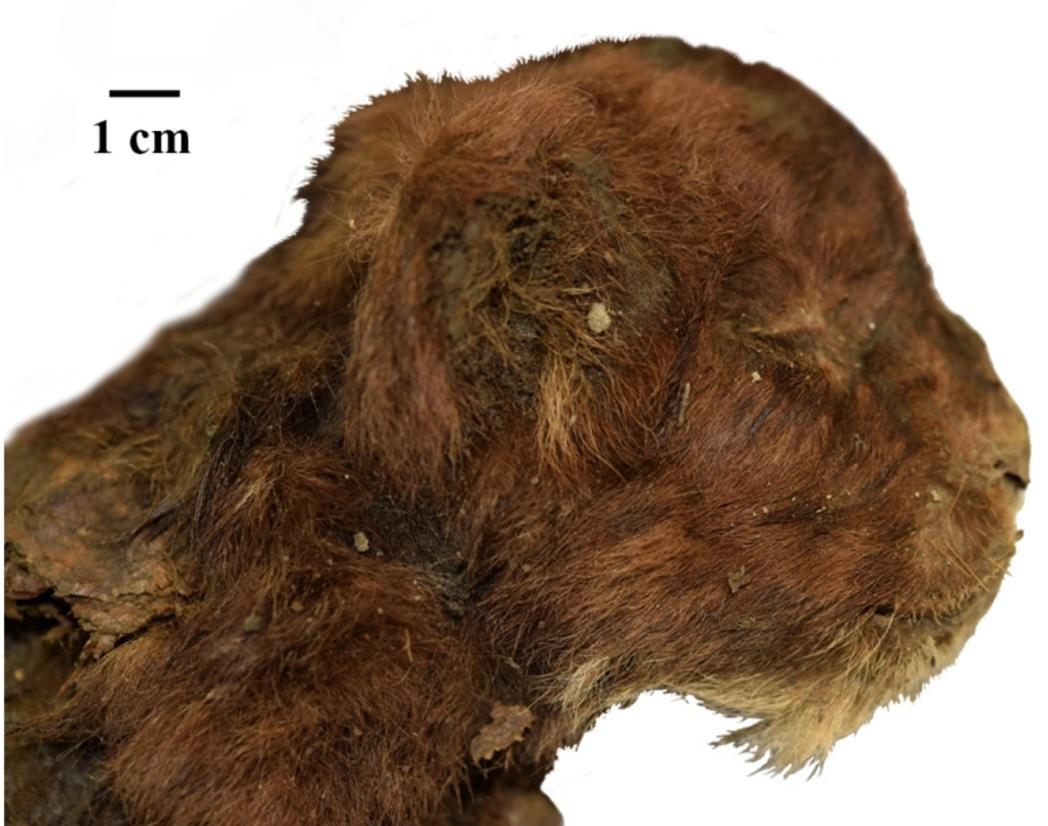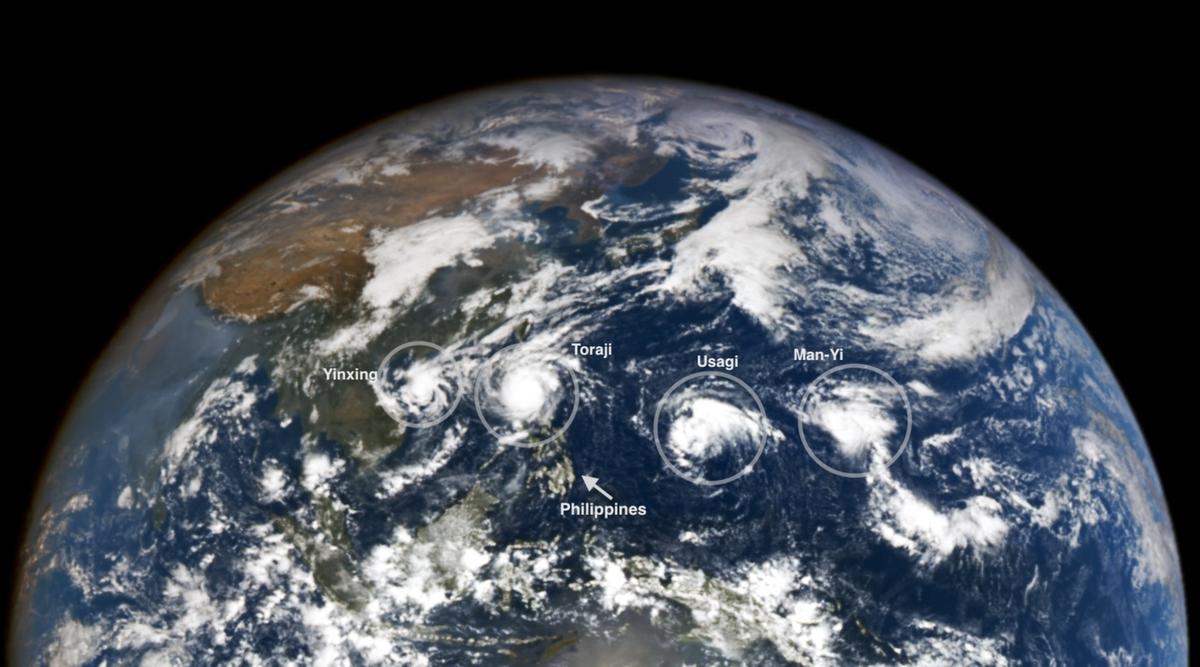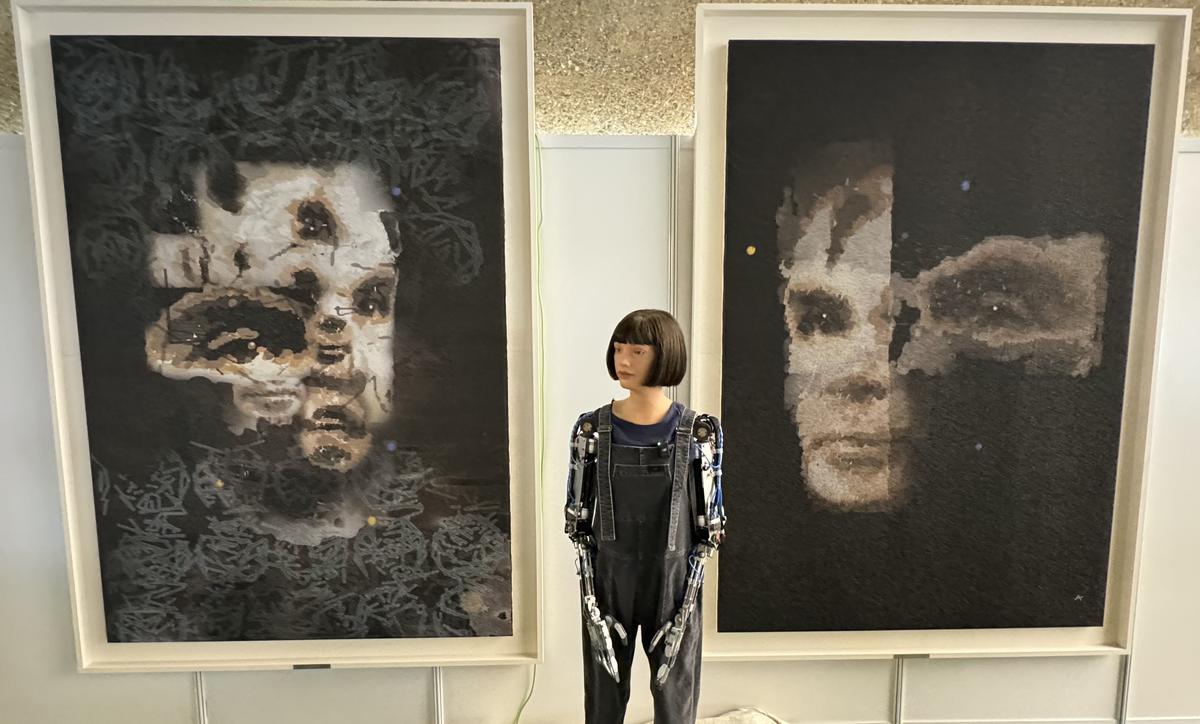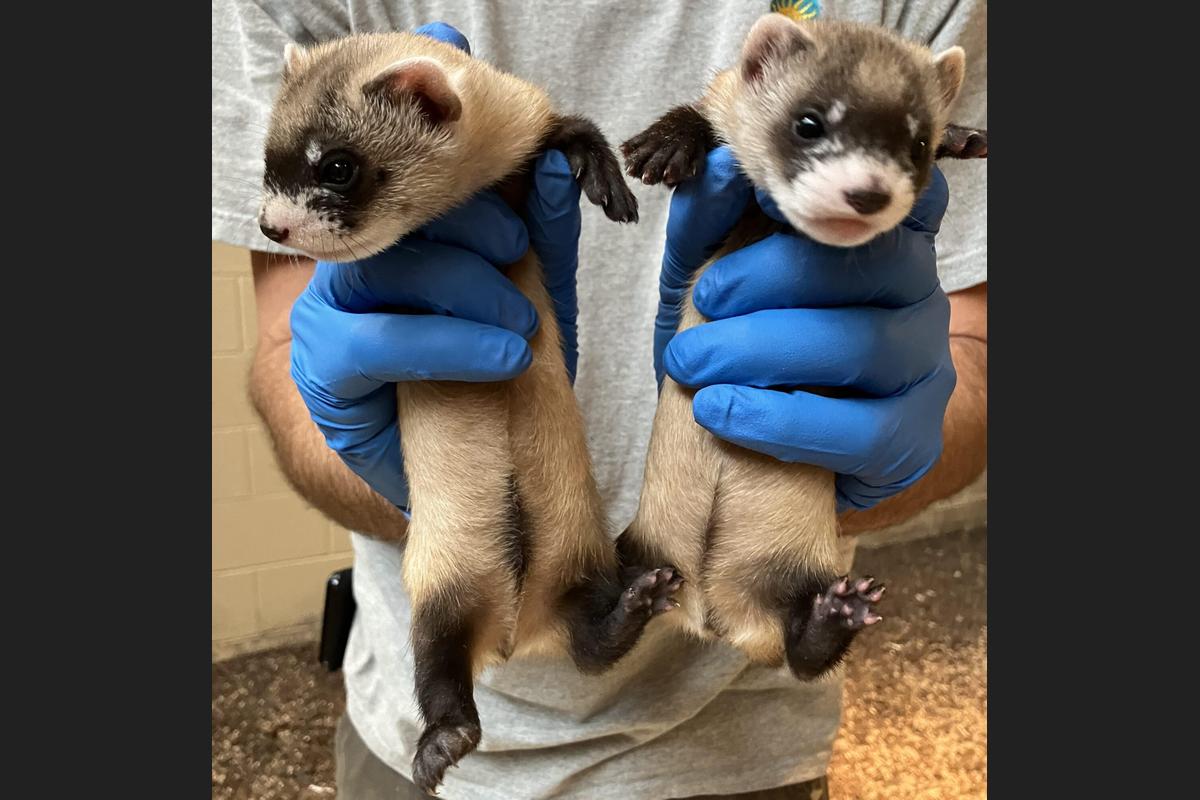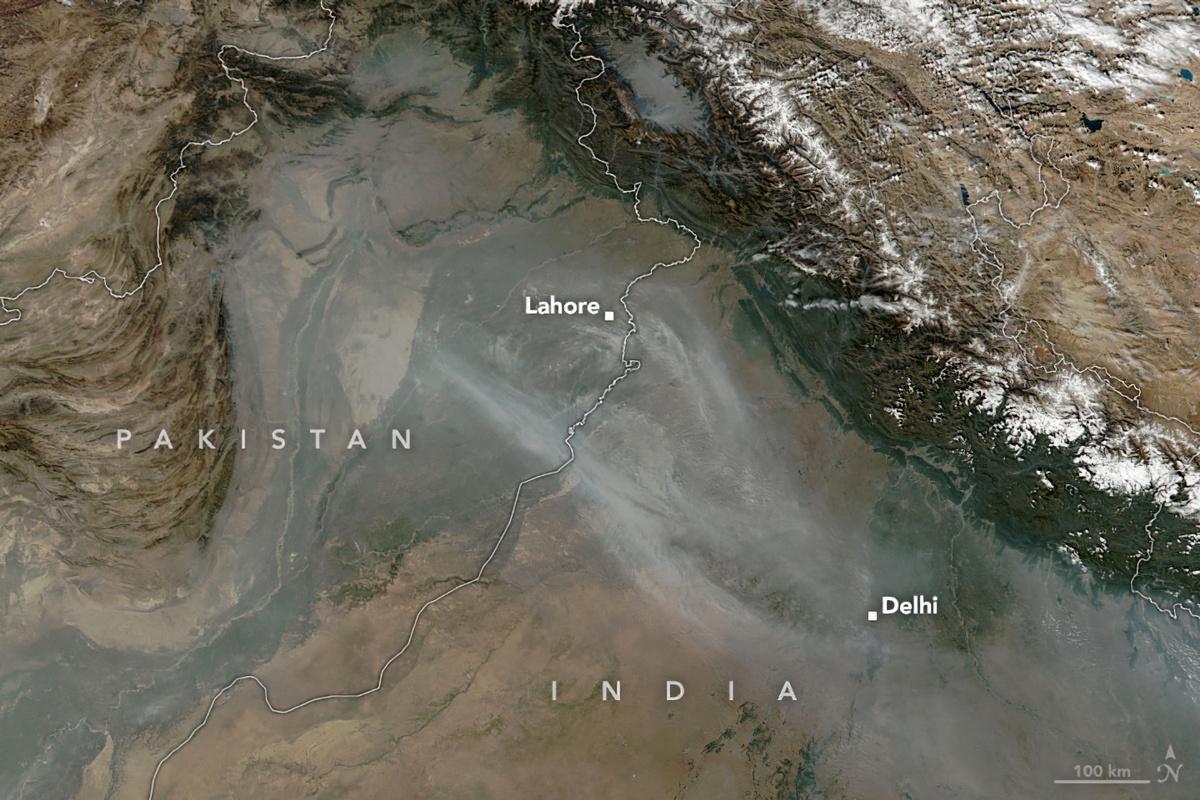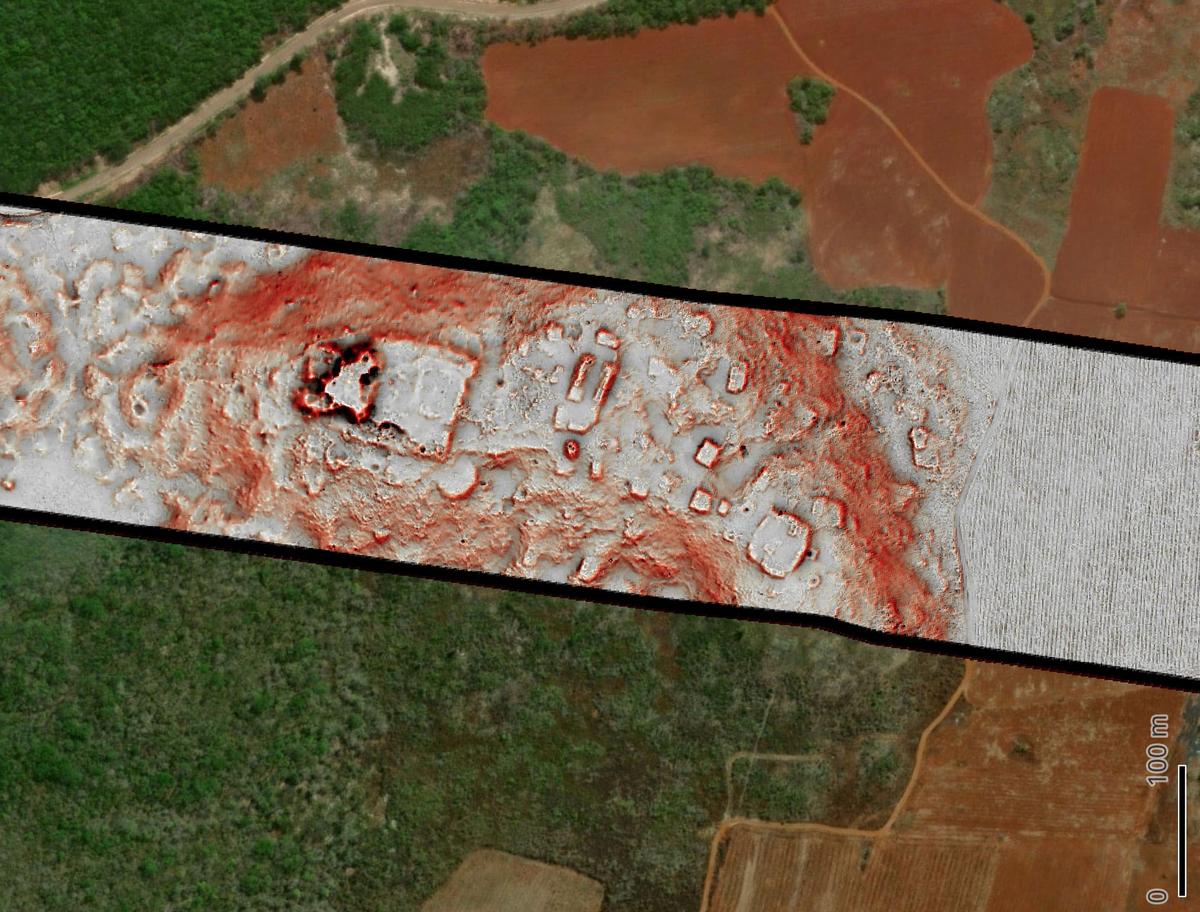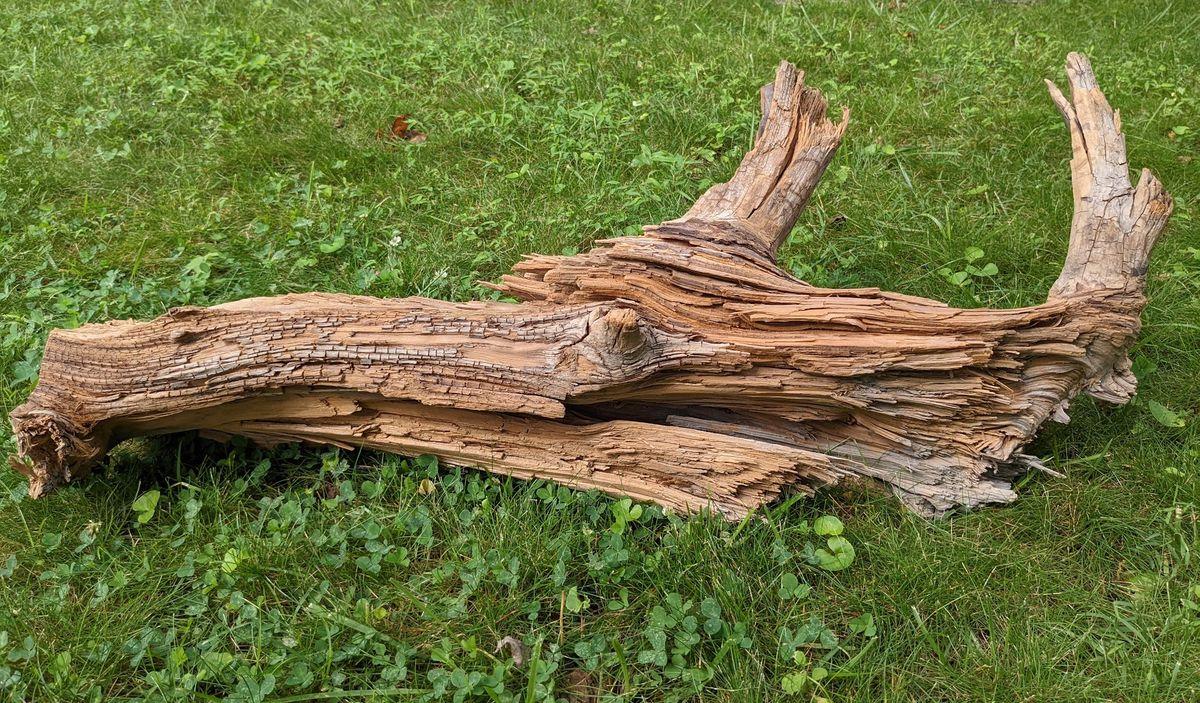Scientists on a National Geographic research trip to the Solomon Islands have discovered the world's largest coral. The single coral colony, made up of around one billion tiny creatures, is so large that it can be seen from space.
Published in “Science”
Early Sunday morning, nearly 200 countries from around the world reached an agreement to help poorer countries deal with the climate crisis. The agreement came at COP29, a United Nations climate meeting in Baku, Azerbaijan. Many people think the deal doesn't do enough to help poorer countries.
Scientists have long known that elephants are clever. They can solve problems, they talk to each other, and they have long memories. But researchers were surprised at the way two Asian elephants recently showed off their understanding of an unusual tool - a hose.
In 2020, a group of explorers looking for mammoth tusks in eastern Siberia made a surprising discovery - the mummy of a 35,000-year-old saber-toothed kitten. The find is the first of its kind and is giving scientists a new look at saber-toothed cats.
Over the last month, the Philippines has been hit by six major storms, including five typhoons. The latest storm, Super Typhoon Man-yi, struck on Saturday night, forcing hundreds of thousands of people from their homes and causing serious damage.
A painting created by a robot named Ai-Da was sold at an art auction last Thursday for $1.08 million. The painting is the most expensive artwork ever sold that was created by a human-like robot.
Two baby black-footed ferrets have made history as the first endangered animals to be born from a cloned mother. Scientists are hoping their birth will help in the recovery of this endangered species.
Eastern Pakistan and Northern India are dealing with an extreme air pollution problem this year. In Pakistan, the air is so dangerous to breathe that the government has closed schools and parks until the air quality improves.
For the first time ever, a satellite made partly out of wood has been launched into space. The project is a test to see if wood could be a good building material for space. If the experiment works out, wooden satellites could someday help lower pollution in space.
Scientists have discovered thousands of ancient Mayan buildings, including the ruins of a large city, in southern Mexico. The buildings and the city were unheard of before. The discovery suggests that there may still be many more ancient Mayan buildings waiting to be found.
In 2013, a group of researchers wanted to see if they could keep wood from breaking down by burying it underground. They thought it might help keep carbon dioxide out of the atmosphere. As they started to dig, they discovered a 3,775-year-old log that proved their idea was a good one.

